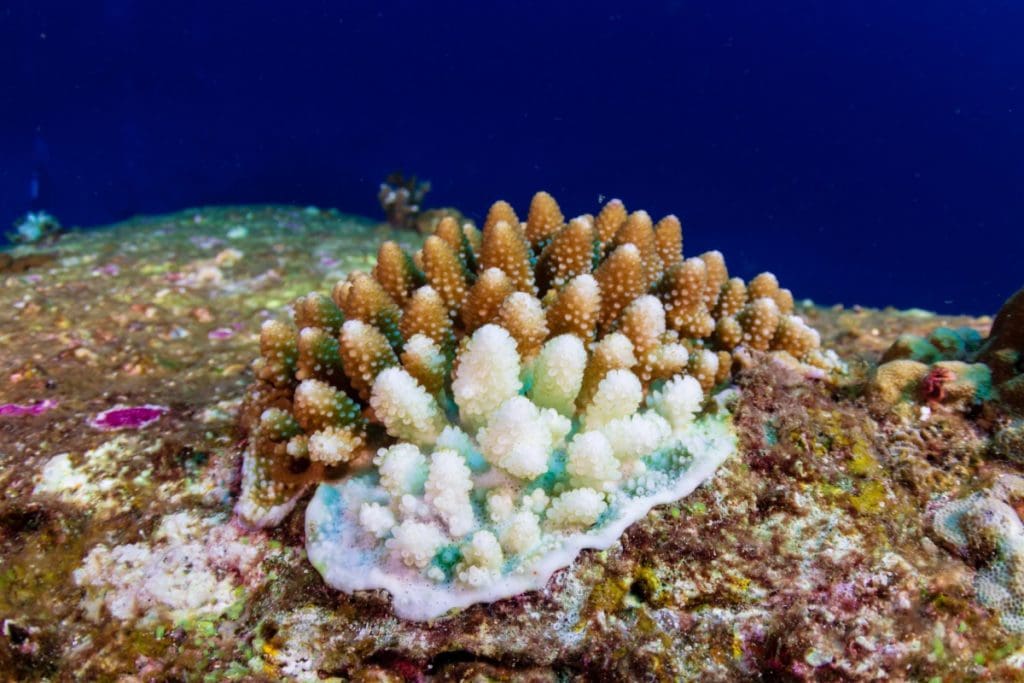Letter from America: It’s All About Adaption Now

By Marc Sani
Allow me to toss out a bold conjecture on the state of the world: environmentalists, biologists, ecologists and climate scientists no longer celebrate discoveries of new theories of life and adaptation. Instead, these worldwide students of nature have become de facto coroners-those who investigate the end of life and explain to us the complexities of a lingering death.
After all, when was the last time anyone heard or read a positive note on glaciers, ice levels in the two hemispheres, sea level rise or, desertification? Or of nations working together to solve near term or long-term issues of environmental degradation.
As an example, how about Australia’s Great Barrier Reef? It’s now snared in a food fight with the Chinese and UNESCO officials who want to list it as endangered. Australia’s current government opposes calling the reef ‘endangered.’ Tourism dollars, after all, are important to the economy.
Meanwhile, Australian scientists warn that the long-term outlook for the reef is ‘very poor’ despite some recent recovery of coral in some spots. This public tête-à-tête encapsulates the paralysis that afflicts all nations struggling with the dynamics of a too-rapid change in climate. Thoughts of reversal, or even some semblance of climate stability, are fast becoming a fool’s errand.
In general, students of nature are moving away from hope that severe damage to the planet’s ecosystem can be avoided to serious thinking on the future of adaptation in a world where climate has run amok. So here’s an investor tip: Pay close attention to companies investing in products for climate adaptation. And with that, allow me to bring my dispirited musings on global warming back to bicycles.
Bicycles, whether human powered or pushed along by electrons, will be a factor in what surely will be – at some point in time – an individual effort to adapt to a rapidly changing climate.
I see no grand bargain among nations to collectively make the severe sacrifices and compromises needed to reverse climate’s current course. So call me a Cassandra. (A figure from Greek mythology who warned of impending doom. Ed.)
Each village, each city, each state and each nation will do what each can do to protect its own and adapt to a harsher clime.
Yes, western Europe is pushing hard on bicycle infrastructure. In the United States, we sleep walk our way, city by city, toward incremental improvements in cycling infrastructure. And in many parts of Asia the bicycle still represents class distinctions. All this is piecemeal stuff, underfunded, uncoordinated and lacking any sort of universal public appeal.
And, as an aside, God bless the legions of advocates who are pushing for a greater role for bicycles in coping with daily life. But in America at least it’s fairly well balkanized with many dozens of local, state and national associations all pulling in the direction of their members and dues paying sponsors. So we have a situation of limited dollars paying for a maximum of limited efforts. When I look to Europe, I tend to see a far more organized effort to influence EU (European Union) legislation that combines bicycles as transportation and as an environmental necessity as Western Europe moves rapidly toward electrification of cars and attempts to build infrastructure for commuting. In the U.S., it’s a hot mess. But I do admire advocates who try to push forward progressive policies on cycling. And they deserve an ‘atta’ boy!’.
Yet the global bicycle industry, never big on financing advocacy, has failed to grasp its potential as an industry destined to play a role, however big or small, in adapting to life on an overheated planet. So it’s time to look at the future with a gimlet (piercing) eye.
Bicycles should no longer be thought of strictly as sport or as transport. Instead they should also be thought of-by the public and investors-as an innovative product for climate adaptation. Yet the industry continues to ignore what is a significant inflection point in environmental history as the globe’s 7.8 billion people begin its struggle to adapt to a new climate.
The reluctance by many manufacturers to expand capacity despite a drumbeat of demand, at the moment, driven by COVID adaptation, is a case in point. Note the word ‘adaptation.’ But it’s understandable. Making significant investments now to expand capacity seems like a toss of the dice if demand were to wane suddenly.
But soon enough, most reality-bound citizens will acknowledge that a substantial climate reversal, or even a modicum of climate stability, isn’t on the cards. And politicians of all stripes-too often off the back and too fearful to admit to facts-will grudgingly acknowledge that collective action on climate change is mostly unworkable. Once admitted, demand for products to help the individual adapt to the New World climate will soar.
Our industry loves to tinker with two wheels, muse over the pros and cons of flat bars versus drop bars on gravel bikes, or the relative advantages of so-called ‘mullet’ bikes (MTB’s with larger front wheels and smaller rear such as 29/27.5), or discuss like medieval theologians the classification of e-bikes.
Few discuss our collective climate future and what the industry could look like in five, ten, or fifty years. What a great conversation to have!
There’s no need for the industry-manufacturers, suppliers and dealers-to become somber acolytes of a disintegrating world. But the bicycle industry does offer a meaningful product to help the world adapt to the seemingly inevitable.
And while the industry can always talk about the bicycle as a whiz-bang wonder to tinker with, it should also take the lead in helping the public to consider the implications of climate change and the bicycle as an adaptive tool to make life more livable in a warmer world.
